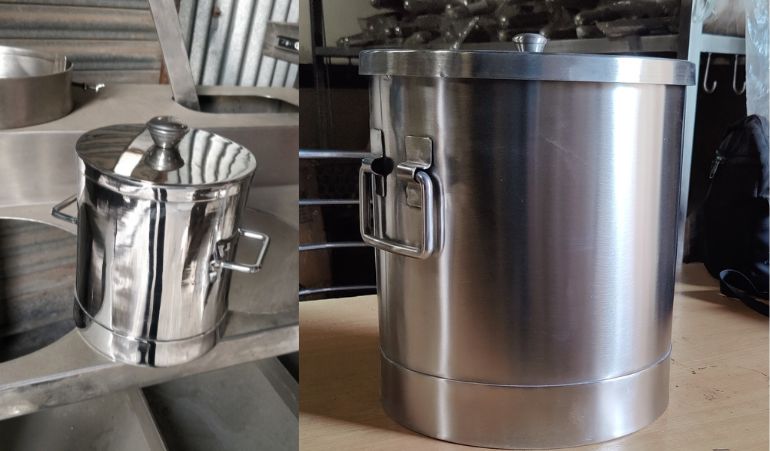318/3, 40 Shed Area, GIDC, Vapi, Gujarat, India
-
-
Mon-Sat 09:00 am – 06:00 pm
318/3, 40 Shed Area, GIDC, Vapi, Gujarat, India
Mon-Sat 09:00 am – 06:00 pm

A sampling container is a specialized vessel or receptacle designed to collect and hold samples of various substances for analysis, testing, or research purposes. These containers are crucial tools across a range of industries, including environmental science, food and beverage, pharmaceuticals, chemistry, and more.
The design and material of a sampling container depend on the specific application and the properties of the substance being sampled. Common materials used in the construction of sampling containers include glass, plastic, stainless steel, or other inert materials that won't react with the sample. Some containers may be transparent, allowing visual inspection of the sample, while others are opaque to protect light-sensitive substances.
Sampling containers come in various sizes and shapes to accommodate different volumes and types of samples. For instance, smaller containers like vials or test tubes are used for minute quantities, while larger containers such as bottles or barrels are employed for bulk or liquid samples.
The containers must be properly sealed to prevent contamination and preserve the integrity of the sample until analysis. Some sampling containers come with airtight lids, caps, or stoppers to maintain sample quality.
In summary, a sampling container is an essential tool for professionals and researchers needing to collect representative samples of substances for further analysis or evaluation. Their varied designs and materials ensure the appropriate collection and preservation of samples, contributing to accurate research, quality control, and informed decision-making across numerous industries.